Home>Garden Essentials>What Are Grass Seeds
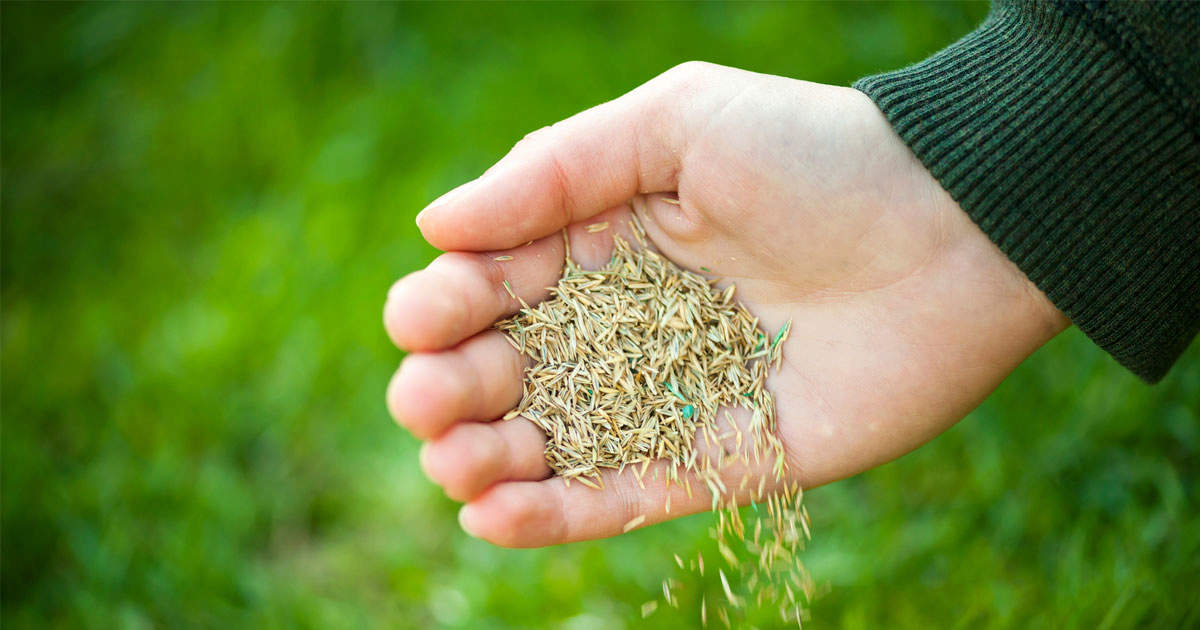

Garden Essentials
What Are Grass Seeds
Modified: March 24, 2024
Discover the benefits of using grass seeds for your garden. Learn how to choose and plant the right seeds for a lush and healthy lawn.
(Many of the links in this article redirect to a specific reviewed product. Your purchase of these products through affiliate links helps to generate commission for Storables.com, at no extra cost. Learn more)
Introduction
Gardens are a beautiful addition to any home, providing a space for relaxation, recreation, and connecting with nature. One essential element of a flourishing garden is the presence of lush green grass. And what is the secret to achieving a vibrant and healthy lawn? It all starts with grass seeds.
Grass seeds are small, but they hold the power to transform an empty patch of soil into a lush carpet of emerald green. These tiny marvels of nature have been cultivated and used for centuries, playing a crucial role in landscaping, agriculture, and even sports fields. In this article, we will delve into the world of grass seeds, exploring their types, characteristics, germination process, and much more.
Key Takeaways:
- Grass seeds are the tiny marvels of nature that hold the power to transform barren soil into lush green lawns, providing beauty and environmental benefits to outdoor spaces.
- Understanding the characteristics and types of grass seeds, along with proper harvesting and storage techniques, empowers gardeners to create vibrant and resilient lawns that enhance the aesthetics and functionality of outdoor environments.
Read more: What Is A Seed?
Definition of Grass Seeds
Grass seeds are the reproductive structures of different grass species. They are enclosed in a protective covering, often referred to as the seed coat or husk. These seeds contain the genetic information needed for the growth and development of a new grass plant. Each grass seed consists of three main parts: the embryo, endosperm, and seed coat. The embryo is the living part of the seed, which begins to grow under favorable conditions, while the endosperm provides the necessary nutrients for initial growth.
Types of Grass Seeds
There are various types of grass seeds available, each with its own unique characteristics and purposes. Some of the commonly used grass seed types include:
– Kentucky Bluegrass: Known for its fine texture, Kentucky Bluegrass is a popular choice for lawns due to its dense growth and rich green color.
– Bermuda Grass: This warm-season grass thrives in hot climates and is commonly used for sports fields and golf courses.
– Ryegrass: Ryegrass is a fast-growing grass seed, often used for overseeding lawns or as temporary cover until permanent grass is established.
– Zoysia Grass: This warm-season grass is known for its ability to withstand heat, drought, and heavy foot traffic, making it a great choice for high-traffic areas.
– Fescue Grass: Fescue grass is known for its adaptability to a wide range of climates and is often used for shade lawns and erosion control.
Characteristics of Grass Seeds
Grass seeds vary in size, shape, and color depending on the grass species. They are generally small, measuring a few millimeters in length, and can be cylindrical, oval, or even spherical in shape. The color of the seed may range from light brown to dark brown or even black. The seed coat is usually tough and resilient, protecting the embryo from external factors such as temperature changes and moisture fluctuations.
Key Takeaways:
- Grass seeds are the tiny marvels of nature that hold the power to transform barren soil into lush green lawns, providing beauty and environmental benefits to outdoor spaces.
- Understanding the characteristics and types of grass seeds, along with proper harvesting and storage techniques, empowers gardeners to create vibrant and resilient lawns that enhance the aesthetics and functionality of outdoor environments.
Read more: What Is A Seed?
Definition of Grass Seeds
Grass seeds are the reproductive structures of various grass species. They are vital components in the propagation and cultivation of grasses. These seeds contain the genetic information necessary for the growth and development of new grass plants. Each grass seed is made up of three main parts: the embryo, endosperm, and seed coat.
The embryo is the living portion of the seed. It is the tiny, immature grass plant that will germinate and grow into a mature plant. The endosperm is a starchy tissue surrounding the embryo. It serves as a source of nourishment for the germinating seedling as it absorbs nutrients from the surrounding soil. The seed coat, also known as the husk or protective covering, safeguards the embryo and endosperm from external elements.
Grass seeds are typically dispersed through various mechanisms, including wind, water, animals, or human intervention. Some grass species produce lightweight seeds that are easily carried away by the wind, ensuring their wider distribution. Other species have seeds adapted for dispersal in water, allowing them to travel along waterways and settle in new locations. Additionally, animals can aid in seed dispersal by consuming grass seeds and depositing them elsewhere through their droppings.
The process of seed germination is a remarkable phenomenon. Under favorable conditions of moisture, warmth, and sunlight, the embryo within the grass seed begins to take root and grow. The seed coat softens, allowing the emerging root to absorb water and nutrients from the surrounding soil. As the seedling continues its growth, it pushes upwards, breaking through the surface to develop its leaves and ultimately mature into a full-fledged grass plant.
Grass seeds have tremendous diversity, with thousands of different species available. Each species has its own unique characteristics, growth habits, and environmental requirements. This diversity allows for the selection of specific grass seeds that are suited to particular climates, soil types, and intended uses.
Whether it’s establishing a new lawn, reseeding bare spots, or renovating existing turf, grass seeds provide a versatile and cost-effective solution. They offer the opportunity to create and maintain a lush, healthy carpet of grass that enhances the aesthetics and functionality of outdoor spaces.
Understanding the definition and significance of grass seeds is essential for gardeners, landscapers, and anyone seeking to establish or maintain a beautiful lawn or green space. By selecting the right grass seed variety and ensuring optimal conditions for germination and growth, you can cultivate a vibrant and resilient lawn that will bring joy and beauty to your outdoor environment.
Types of Grass Seeds
When it comes to selecting grass seeds for your lawn or green space, there are a wide variety of options available. Different grass species have varying growth habits, appearances, and adaptability to different climates and soil conditions. Here are some of the most common types of grass seeds:
Kentucky Bluegrass: Kentucky Bluegrass (Poa pratensis) is a popular cool-season grass that is known for its fine texture and rich color. It is often used for lawns in temperate regions due to its ability to withstand cold temperatures. Kentucky Bluegrass forms dense, lush turf and has good tolerance to foot traffic. It requires regular watering and maintenance to keep it looking its best.
Bermuda Grass: Bermuda Grass (Cynodon dactylon) is a warm-season grass that thrives in hot and sunny climates. It is highly drought-tolerant and can withstand heavy foot traffic, making it a popular choice for sports fields and golf courses. Bermuda Grass has a medium to fine texture and spreads aggressively through above-ground runners called stolons.
Ryegrass: Ryegrass (Lolium spp.) is a cool-season grass that is commonly used for overseeding existing lawns or as a temporary cover until permanent grass is established. It germinates quickly and provides rapid ground cover. Ryegrass can tolerate colder temperatures and has good wear resistance. It is often mixed with other grass species to enhance the resilience and appearance of lawns.
Zoysia Grass: Zoysia Grass (Zoysia spp.) is a warm-season grass that is known for its ability to withstand heat, drought, and heavy foot traffic. It has a dense growth habit, creating a thick carpet of grass. Zoysia Grass has a medium to coarse texture and is often used for golf courses and high-traffic areas. It requires less water and maintenance compared to other grass species.
Fescue Grass: Fescue Grass (Festuca spp.) is a cool-season grass that can tolerate a wide range of climates. It is known for its adaptability and can grow well in both sun and shade. Fescue Grass has a fine to medium texture and is commonly used for lawns, especially in areas with partial shade conditions. It requires less water and maintenance compared to other grasses.
These are just a few examples of the many grass seed types available. Each species has its own unique characteristics and growth requirements, so it’s important to consider factors such as climate, soil type, sun exposure, and desired appearance when selecting grass seeds for your lawn or green space. Consulting with local experts or professionals can help ensure that you choose the right grass seed variety for your specific needs.
By understanding the different types of grass seeds and their specific qualities, you can make an informed decision to create a beautiful and resilient lawn that will thrive in your environment.
Characteristics of Grass Seeds
Grass seeds come in various shapes, sizes, and colors, each with its own set of unique characteristics. Understanding these characteristics can help you choose the right grass seed for your specific needs. Here are some key characteristics to consider:
Size: Grass seeds typically range in size from 1 to 10 millimeters, depending on the species. Some seeds, such as those of Kentucky Bluegrass, are small, while others, like Bermuda Grass, are larger. Seed size can impact the ease of sowing and the rate of germination, with smaller seeds often germinating faster.
Shape: Grass seeds can be cylindrical, oval, or spherical. The shape of the seed influences its ability to settle into the soil and establish root contact. Spherical seeds, for example, can roll along the ground, allowing for better seed dispersal in windy conditions.
Color: Grass seed colors can range from light brown to dark brown or even black. The color is determined by the seed’s pigmentation, which can also indicate the seed’s maturity. It’s important to note that color alone does not determine seed quality or viability.
Seed Coat: The seed coat, or husk, is the protective outer layer of the seed. It offers resilience to environmental factors and helps to maintain seed viability. The thickness and texture of the seed coat can vary among different grass species.
Germination Rate: The germination rate refers to the percentage of viable seeds that will sprout under favorable conditions. Different grass species have varying germination rates. Some seeds, like Ryegrass, have high germination rates, while others, such as Bermuda Grass, may have lower germination rates due to specific germination requirements.
Germination Temperature: Each grass species has an ideal temperature range for germination. Some species, like Kentucky Bluegrass, prefer cooler temperatures, while others, like Bermuda Grass, thrive in warmer conditions. Understanding the preferred germination temperatures can help you choose seeds that are best suited to your climate.
Germination Time: The time it takes for grass seeds to germinate can also vary depending on the species. Some grasses, like Ryegrass, germinate quickly within a week or two, while others, like Kentucky Bluegrass, may take longer, up to two to four weeks. This information is important for planning and managing the establishment of your lawn.
Viability: The viability of grass seeds refers to their ability to germinate and grow into healthy plants. Factors such as seed age, storage conditions, and presence of diseases or pests can affect seed viability. It’s important to use fresh, high-quality seeds to optimize germination success.
By considering these characteristics, you can make an informed decision when choosing grass seeds for your lawn or green space. It’s important to assess the specific requirements and conditions of your area to ensure the best chance of successful germination and healthy growth.
Remember, while grass seeds play a crucial role in establishing a beautiful lawn, they are just the starting point. Adequate soil preparation, proper watering, and regular maintenance are also essential for achieving a healthy and vibrant lawn.
When planting grass seeds, make sure to prepare the soil by removing any debris and loosening the top layer. This will help the seeds to establish strong roots and grow into healthy grass.
Germination and Growth of Grass Seeds
The germination and growth of grass seeds are fascinating processes that lay the foundation for a lush and vibrant lawn. Understanding these stages can help you optimize the conditions and care required for successful establishment. Here’s a breakdown of the germination and growth process for grass seeds:
Stage 1: Imbibition
Imbibition is the initial stage of seed germination, where seeds absorb water from the surrounding environment. The seed coat softens, allowing water to penetrate and activate the metabolic processes within the seed. Imbibition triggers the awakening of the dormant embryo, leading to the next stage.
Stage 2: Radicle Emergence
During radicle emergence, the first root, known as the radicle, emerges from the seed. The radicle grows downward into the soil, anchoring the seedling and absorbing water and nutrients. This stage is critical for establishing a strong root system that will support the growth and development of the grass plant.
Stage 3: Shoot Development
After the radicle emerges, the shoot begins to develop. The shoot consists of a stem and leaves. The stem elongates, pushing the developing leaves upward towards the surface. As the shoots grow, they will eventually break through the soil’s surface and continue to expand and mature.
Stage 4: Leaf Expansion
Leaf expansion is an essential phase in the growth of grass plants. As the leaves emerge, they unfold and expand, maximizing the surface area for photosynthesis. The green chlorophyll pigments in the leaves capture sunlight, converting it into energy required for the plant’s growth and development.
Stage 5: Root and Shoot Growth
As the shoots and leaves continue to grow, the roots also elongate and branch out. Established root systems provide stability and access to water and nutrients in the soil. At the same time, the shoots continue to produce new leaves, increasing the overall size of the grass plant. Adequate watering and nutrient supply are crucial during this stage to support healthy root and shoot growth.
Stage 6: Maturation and Establishment
Maturation and establishment mark the final stages of grass seed growth. The plant develops additional tillers, which are lateral shoots that contribute to the density and fullness of the turf. Over time, the grass plant will continue to thicken and mature, creating a lush and beautiful lawn or green space.
Throughout all these stages, providing the right conditions is essential for the successful germination and growth of grass seeds. Adequate moisture, soil temperature, sunlight, and nutrient levels are crucial factors that contribute to the overall health and vitality of the grass plant.
It’s important to note that proper care and maintenance, such as regular watering, mowing at the appropriate height, and addressing any pest or disease issues, are essential for guiding the germination and growth process. With proper care, your grass seeds will transform into a vibrant and lush lawn that enhances the beauty of your outdoor environment.
Factors Affecting Grass Seed Growth
Grass seed growth is influenced by several factors, both environmental and management-related. Understanding these factors can help you create optimal conditions for successful germination and healthy growth of your grass seeds. Here are some key factors that impact grass seed growth:
1. Soil Quality: The quality of the soil significantly affects the growth of grass seeds. Soil should be well-drained, loose, and fertile to allow roots to establish and access essential nutrients. Conducting a soil test can provide valuable information about the pH levels and nutrient content, helping you make necessary amendments to create an ideal growing environment.
2. Moisture: Adequate moisture is crucial for grass seed germination and growth. Too little moisture can impede germination, while excessive moisture can lead to fungal diseases and rotting. It’s important to provide consistent moisture during the germination stage and throughout the establishment phase. Watering deeply but infrequently promotes the development of deep root systems.
3. Temperature: Temperature plays a vital role in the germination of grass seeds. Different grass species have specific temperature requirements for optimal growth. Some grasses, like cool-season varieties, prefer cooler temperatures around 60°F (15°C) for germination, while others, like warm-season grasses, require warmer temperatures around 75°F (24°C). It’s important to choose grass species suitable for your local climate.
4. Sunlight: Sunlight is essential for photosynthesis, the process by which grass plants convert sunlight into energy. Most grasses require at least 6-8 hours of direct sunlight per day for optimal growth. In areas with limited sunlight, shade-tolerant grass varieties should be chosen to ensure successful establishment and long-term vitality.
5. Weed Competition: Weeds can compete with grass seeds for essential resources, such as sunlight, water, and nutrients. It’s essential to control weed growth before and during the seeding process to create a favorable environment for the grass seeds. Strategies such as pre-emergent herbicides and proper lawn maintenance can help minimize weed competition.
6. Maintenance Practices: Proper lawn maintenance practices can directly influence the growth of grass seeds. Mowing at the appropriate height, usually around 2-3 inches, promotes the development of a healthy root system and prevents stress on the grass plant. Regular fertilization, aeration, and overseeding can also enhance the overall health and density of the turf.
7. Seed Quality: The quality of the grass seed itself is crucial for successful growth. Using high-quality, certified seeds with good germination rates and minimal weed seed contamination increases the chances of successful establishment. It’s important to choose grass seeds suitable for your specific lawn conditions and intended use.
By considering and addressing these factors, you can create favorable conditions that promote the germination and growth of your grass seeds. Proper soil preparation, adequate watering, balanced fertilization, and regular maintenance are key components in creating a vibrant and healthy lawn or green space.
Remember, establishing a beautiful lawn takes time and patience. By providing the right conditions and consistently caring for your grass seeds, you can achieve a thriving and visually appealing outdoor space.
Read more: What Are Seeds
Harvesting and Storing Grass Seeds
Harvesting and storing grass seeds is an important process that allows you to preserve the seeds for future use or distribution. Whether you are saving seeds from your own lawn or collecting them from wild grasses, following proper harvesting and storage techniques ensures the longevity and viability of the seeds. Here’s a step-by-step guide:
1. Timing: Timing is crucial when it comes to harvesting grass seeds. Wait until the grass has fully matured and the seeds have ripened. This is typically indicated by a change in color, with the seed heads turning brown and dry. Harvesting too early will result in immature seeds that have lower viability.
2. Collection: Gently shake or brush the seed heads to dislodge the seeds. You can use your hand or a gentle combing motion with a rake or brush to encourage the seeds to fall. Use a collection container or a clean sheet to catch the seeds as they are released from the seed heads. Avoid collecting seeds that are damaged, discolored, or infested with pests.
3. Cleaning: After collecting the seeds, it’s important to remove any unwanted debris or chaff. One method is winnowing, which involves pouring the seeds and debris from one container to another in the presence of a light breeze. The wind will help separate the heavier seeds from the lighter debris, resulting in cleaner seeds.
4. Drying: Once the seeds are cleaned, spread them out in a thin, even layer on a clean and dry surface. Allow the seeds to air dry for several days in a well-ventilated area, protected from direct sunlight. Stir and flip the seeds occasionally to ensure even drying. Proper drying prevents the seeds from molding or rotting during storage.
5. Storage Containers: Choose appropriate storage containers that are clean, dry, and airtight to keep the seeds safe from moisture and pests. Glass jars with tight-fitting lids, sealed plastic bags, or seed envelopes are commonly used containers. Label each container with the grass species, date of collection, and any additional relevant information.
6. Storage Conditions: Proper storage conditions are essential for maintaining seed viability. Store the containers in a cool, dry, and dark location, such as a basement or refrigerator, to minimize exposure to fluctuating temperatures and light. The ideal temperature for storing grass seeds is around 40°F (4°C) with a humidity level below 30%. Regularly check on the seeds to ensure they remain dry and free from pests.
7. Seed Viability: Keep in mind that grass seed viability diminishes over time. It’s generally recommended to use grass seeds within one to three years after harvesting for optimal germination rates. Conducting periodic germination tests can help assess the viability and determine if the seeds are still suitable for planting.
By following these harvesting and storing practices, you can preserve the quality and viability of your grass seeds. Properly stored seeds can be used for future lawn renovations, sharing with others, or as a backup in case of lawn damage or disease.
Remember, each grass species may have specific requirements for harvesting and storing seeds, so it’s important to research and follow any additional guidelines specific to the grass type you are working with. With careful planning and attention to detail, you can ensure a reliable supply of high-quality grass seeds for all your lawn and gardening needs.
Uses and Benefits of Grass Seeds
Grass seeds are not just essential for creating and maintaining beautiful lawns; they also have a wide range of uses and benefits. From landscaping to erosion control, grass seeds play a crucial role in enhancing outdoor spaces and providing numerous environmental advantages. Here are some of the key uses and benefits of grass seeds:
1. Lawn Establishment: The primary use of grass seeds is for establishing new lawns or repairing bare patches. Whether you’re starting from scratch or renovating an existing lawn, grass seeds are an economical and versatile option. By selecting the right grass seed variety for your climate and soil conditions, you can create a lush and vibrant lawn that enhances the aesthetic appeal of your outdoor environment.
2. Erosion Control: Grass seeds help prevent soil erosion in both residential and commercial landscapes. The dense network of grass roots effectively anchors the soil, reducing the risk of erosion caused by water runoff or wind. Grassy areas act as natural buffers, absorbing and filtering rainwater, thereby minimizing soil erosion and promoting water conservation.
3. Sports Fields and Parks: Grass seeds are widely used in the construction and maintenance of sports fields, parks, and recreational areas. The resilient nature of certain grass species, such as Bermuda Grass or Kentucky Bluegrass, makes them suitable for heavy foot traffic and rigorous activities. These grasses provide a safe and durable surface for athletes and outdoor enthusiasts to enjoy various sports and recreational activities.
4. Landscaping: Grass seeds are an integral part of landscape design, serving as a foundation for various outdoor spaces. From residential gardens to commercial landscapes, grasses are used to create visually appealing lawns, meadows, or ornamental grass areas. Ornamental grasses, with their graceful foliage and attractive seed heads, provide texture and interest to landscape designs.
5. Soil Improvement: Grasses, particularly species like clover and ryegrass, can improve the quality of the soil. These grasses have deep root systems that help break up compacted soil and improve its aeration and drainage. Additionally, as grasses grow and decompose, they contribute organic matter to the soil, enriching it with essential nutrients.
6. Environmental Benefits: Grasses play a vital role in the environment by reducing air and noise pollution. They absorb carbon dioxide and release oxygen through the process of photosynthesis, improving air quality. Grasses also act as natural sound absorbers, reducing noise pollution in urban areas and creating a more serene and peaceful atmosphere.
7. Wildlife Habitat: Grasses provide habitat and food sources for various wildlife species. They create a diverse ecosystem that supports insects, birds, and other small animals. By incorporating native grass species into your landscape, you can attract and support a wide range of beneficial wildlife, promoting biodiversity and ecological balance.
Grass seeds offer countless uses and benefits, making them invaluable components in landscaping, environmental conservation, and outdoor activities. By selecting the appropriate grass seed varieties and implementing proper maintenance practices, you can enjoy a healthy, vibrant, and sustainable lawn that brings joy and enhances your connection to the natural world.
Common Grass Seed Varieties
There is a wide selection of grass seed varieties available, each with its own unique characteristics and suitability for specific environments. Whether you are looking for a durable lawn, a shade-tolerant option, or a low-maintenance grass, there is a grass seed variety to meet your needs. Here are some of the common grass seed varieties:
Kentucky Bluegrass: Kentucky Bluegrass (Poa pratensis) is a widely recognized cool-season grass. It is known for its fine texture, lush appearance, and tolerance to cold temperatures. Kentucky Bluegrass forms dense and durable lawns and is often used for residential lawns, parks, and golf courses. This versatile grass variety requires regular watering and maintenance to keep it looking its best.
Bermuda Grass: Bermuda Grass (Cynodon dactylon) is a warm-season grass that thrives in hot climates. It is known for its excellent drought tolerance and resilience to heavy foot traffic, making it ideal for sports fields and golf courses. Bermuda Grass has a medium to coarse texture and performs best in full sun. It requires less water and can recover quickly from wear and tear.
Fescue Grass: Fescue Grass (Festuca spp.) is a cool-season grass that is widely used for lawns, especially in areas with partial shade conditions. Fescue grasses are known for their adaptability to various soil types and climates. There are three main types of fescue grass: Tall Fescue, Fine Fescue, and Hard Fescue. They exhibit different growth habits and varying levels of shade tolerance.
Ryegrass: Ryegrass (Lolium spp.) is a cool-season grass that germinates quickly and provides rapid ground cover. It is often used for overseeding lawns or as a temporary cover until permanent grass is established. Ryegrass has a fine to medium texture and is known for its tolerance to heavy foot traffic. It is commonly mixed with other grass species to enhance the density and appearance of lawns.
Zoysia Grass: Zoysia Grass (Zoysia spp.) is a warm-season grass that is highly tolerant of heat, drought, and heavy foot traffic. It forms a dense turf and has excellent wear resistance, making it a popular choice for high-traffic areas like sports fields and golf courses. Zoysia Grass has a medium to coarse texture and is known for its ability to recover quickly from damage.
Clover: While not classified as grass, Clover (Trifolium spp.) is often included in lawn seed mixes. Clover is a low-maintenance, nitrogen-fixing plant that adds green color and texture to lawns. It has the added benefit of attracting pollinators like bees. Clover is commonly mixed with grass seeds to enhance drought tolerance and reduce the need for fertilizers.
Buffalo Grass: Buffalo Grass (Bouteloua dactyloides) is a warm-season grass native to North America. It is known for its excellent heat and drought tolerance and can thrive in areas with minimal water availability. Buffalo Grass has a unique blue-green color and forms a low-maintenance lawn that requires less mowing. It is well-suited for regions with hot summers and low rainfall.
These are just a few examples of the many grass seed varieties available. Before choosing a grass seed, consider factors such as climate, sun exposure, soil conditions, and intended use to ensure the best results. Consulting with local experts or professionals can also provide valuable insights and recommendations based on your specific region and requirements.
By selecting the right grass seed variety for your needs and maintaining it properly, you can enjoy a beautiful and resilient lawn that enhances your outdoor space for years to come.
Conclusion
Grass seeds are the unsung heroes of lush, vibrant lawns and beautiful outdoor spaces. From their humble appearance and small size, these seeds possess the transformative power to turn barren soil into a carpet of greenery. Now armed with a deeper understanding of grass seeds, you can make informed decisions for your lawn and gardening endeavors.
We have explored the definition and characteristics of grass seeds, delving into their diverse types and the factors that influence their growth. We learned about the fascinating process of germination, where seeds awaken and embark on a journey of root and shoot development. Understanding the environmental and management factors that impact grass seed growth enables us to create the ideal conditions for their success.
We also discussed the importance of harvesting and storing grass seeds to ensure their longevity and viability. Properly harvested and stored seeds become reliable resources for future lawn renovations, sharing with others, or as backups for unexpected lawn damage or disease. By embracing these practices, you can maximize the use of grass seeds and contribute to sustainable landscape management.
The uses and benefits of grass seeds extend far beyond lawn establishment. We explored how they contribute to erosion control, serve as a foundation for sports fields and parks, enhance landscaping designs, improve soil quality, and provide habitat for wildlife. Grass seeds also offer environmental advantages by reducing air and noise pollution, contributing to a healthier and more serene outdoor environment.
Lastly, we explored common grass seed varieties and their unique characteristics. From the cool-season Kentucky Bluegrass to the warm-season Bermuda Grass, each grass seed variety has specific attributes suited for various climates, soil types, and intended uses. Selecting the right grass seed for your specific needs ensures a thriving and visually appealing lawn or green space.
In conclusion, grass seeds are not merely the building blocks of lawns; they are agents of transformation, resilience, and environmental stewardship. With the knowledge gained from this exploration, you are equipped to make informed choices that will lead to the successful cultivation of your outdoor spaces. Embrace the power of grass seeds and watch as they grow into a flourishing oasis that brings joy, beauty, and connection with nature.
Frequently Asked Questions about What Are Grass Seeds
Was this page helpful?
At Storables.com, we guarantee accurate and reliable information. Our content, validated by Expert Board Contributors, is crafted following stringent Editorial Policies. We're committed to providing you with well-researched, expert-backed insights for all your informational needs.
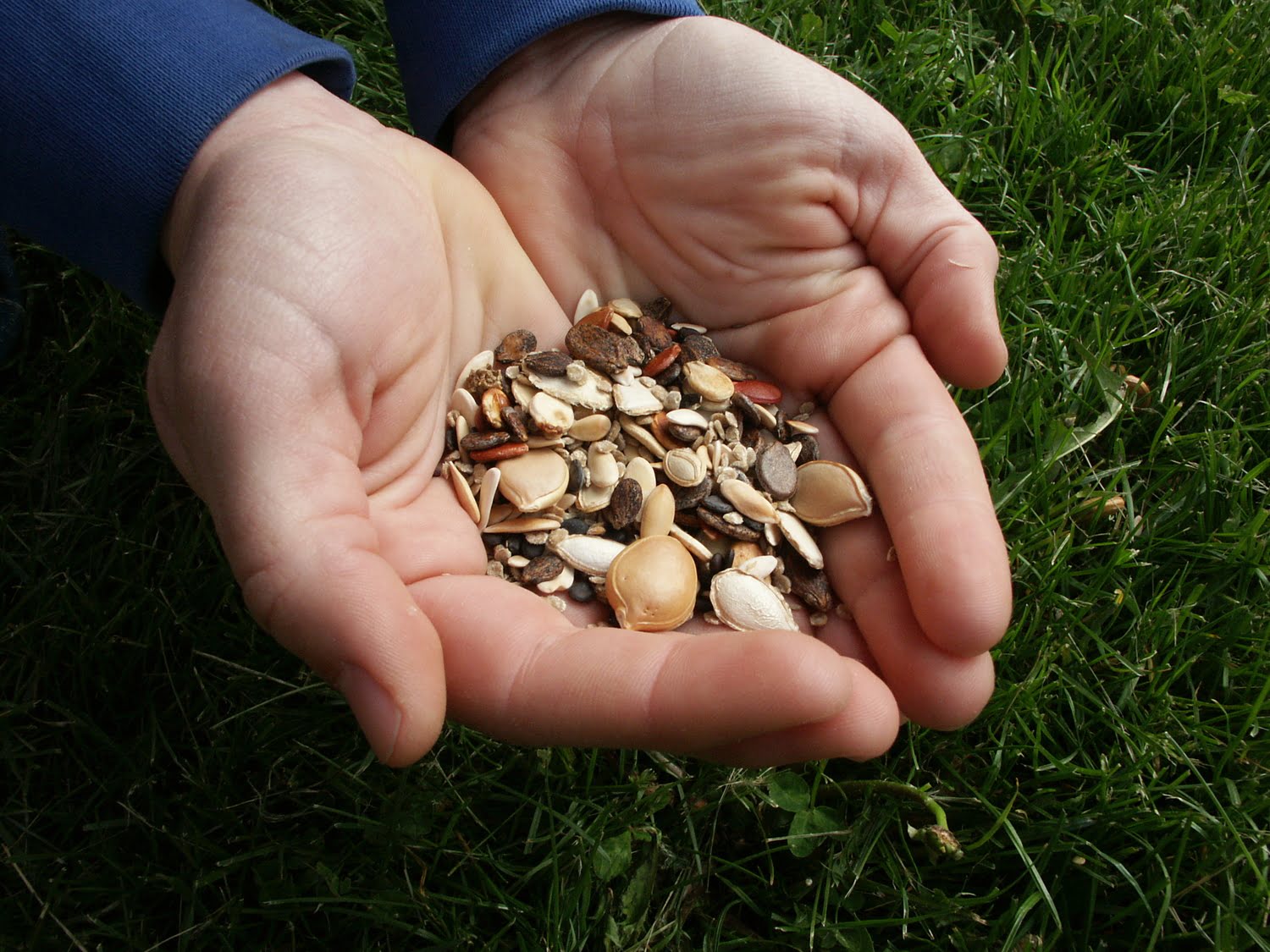
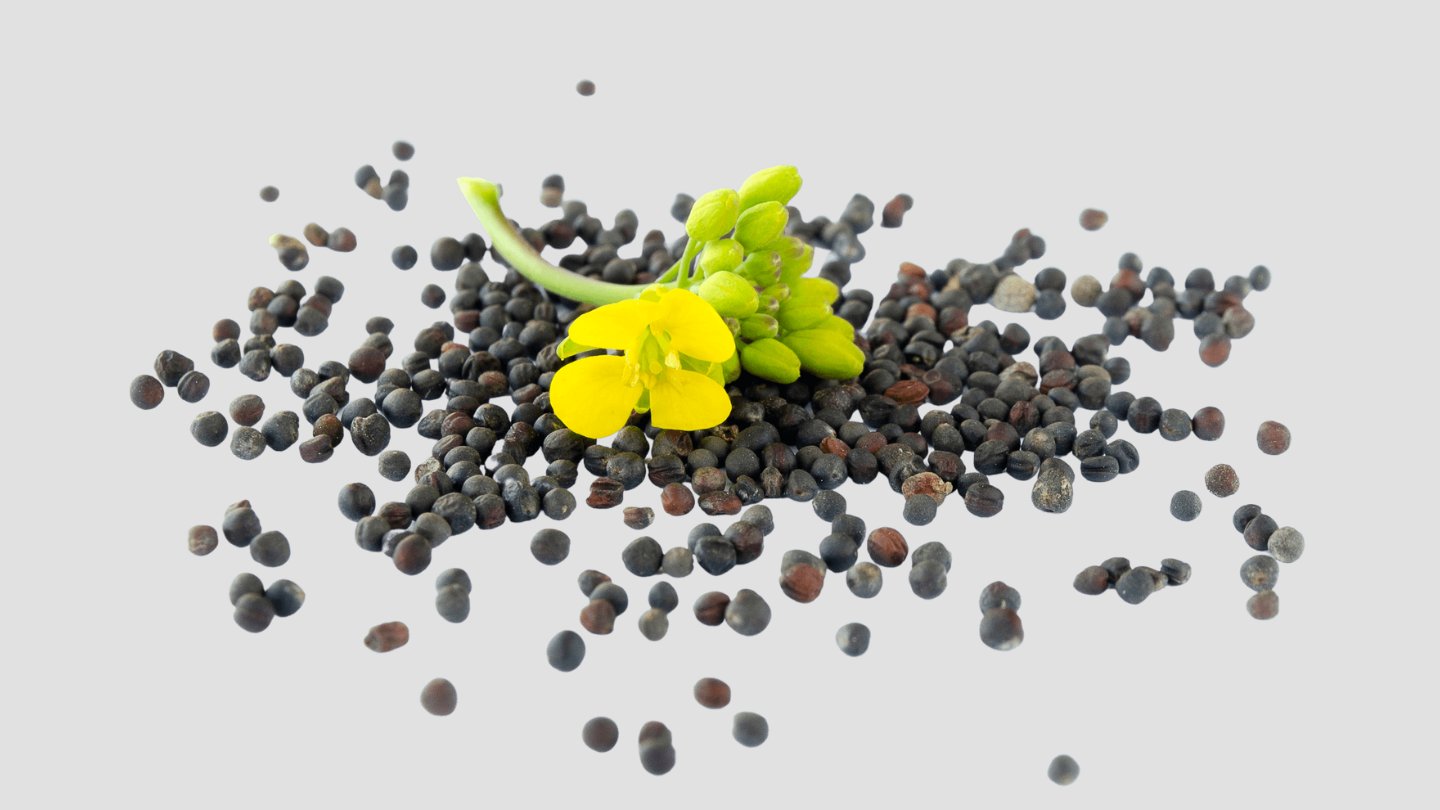

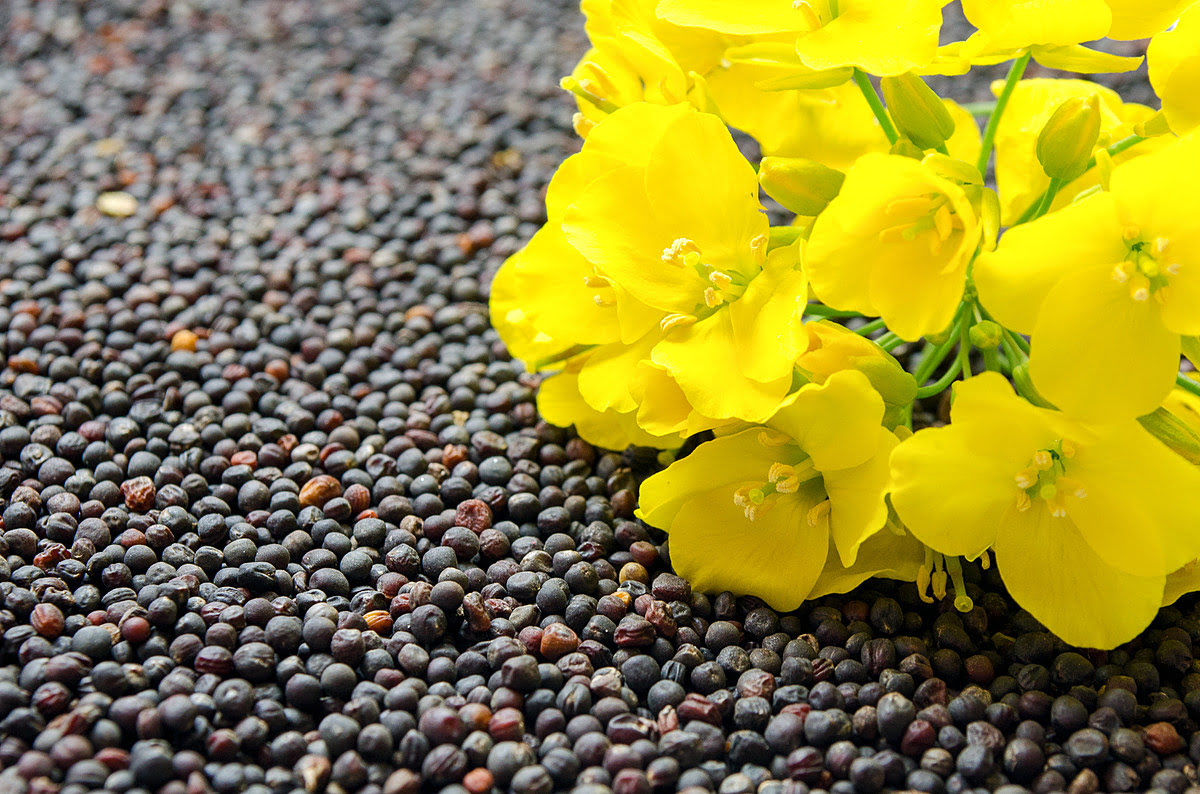
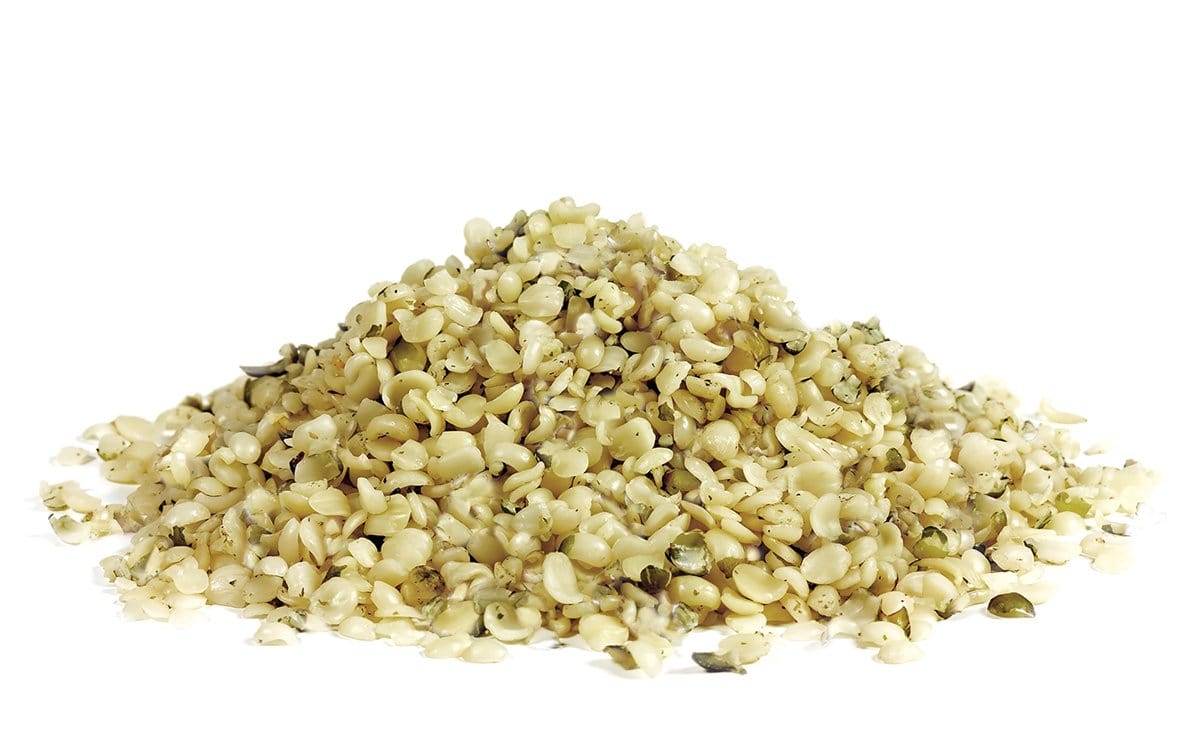
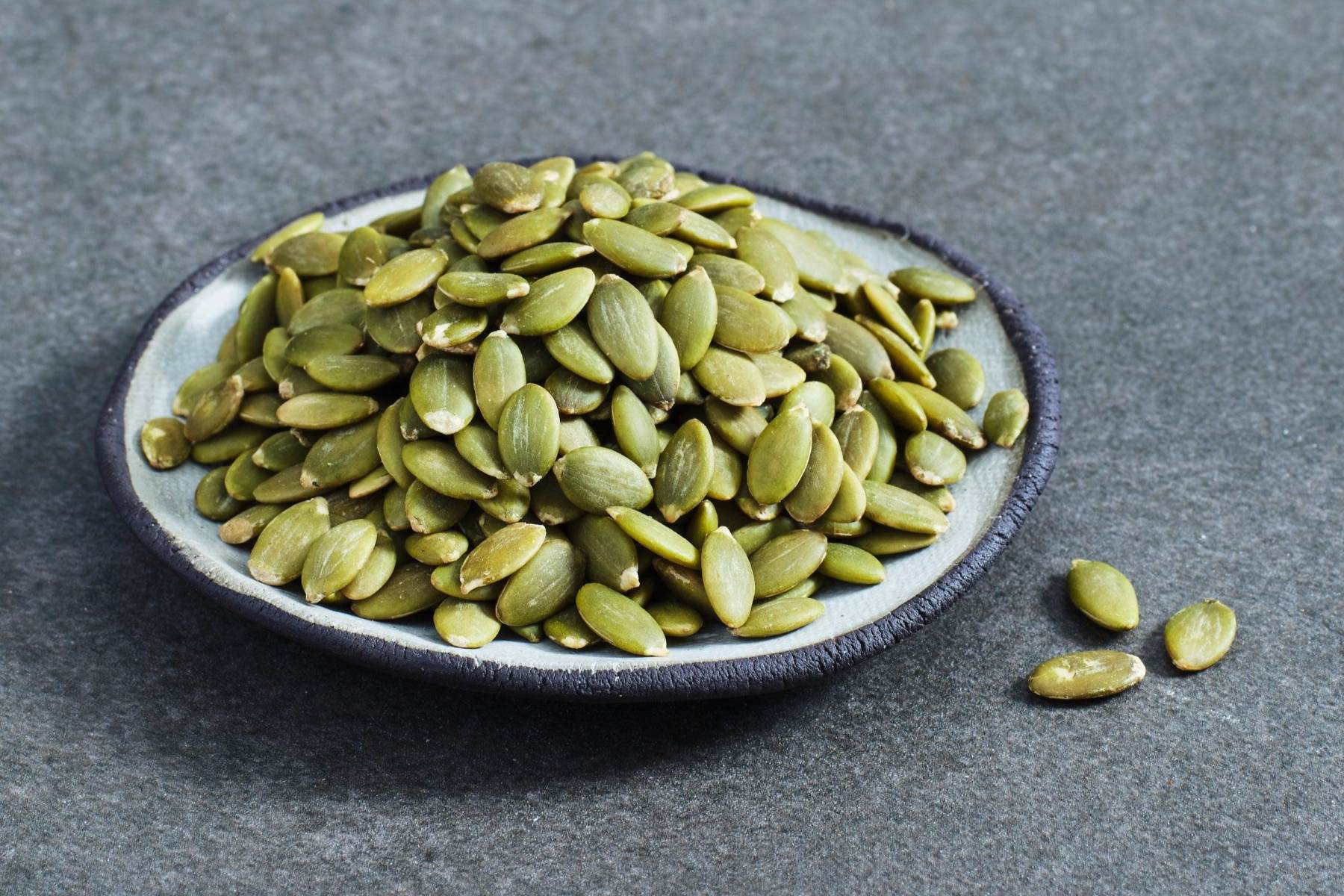
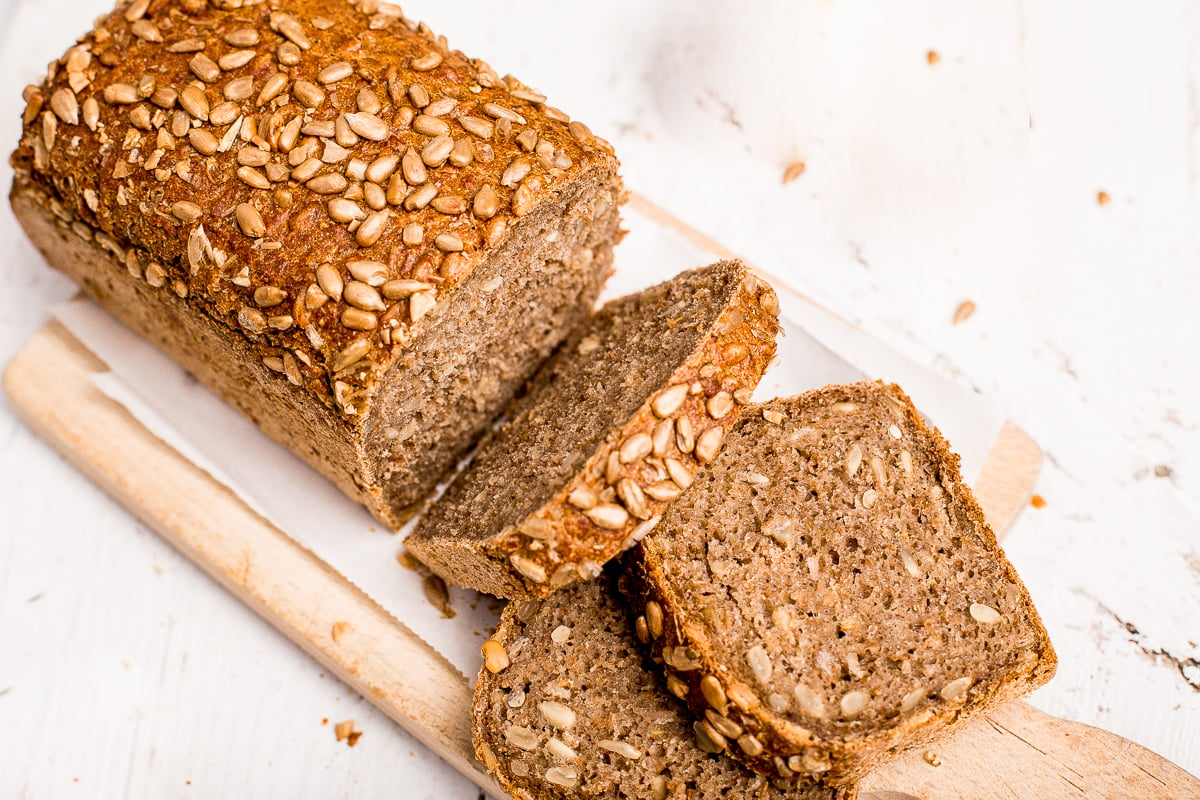

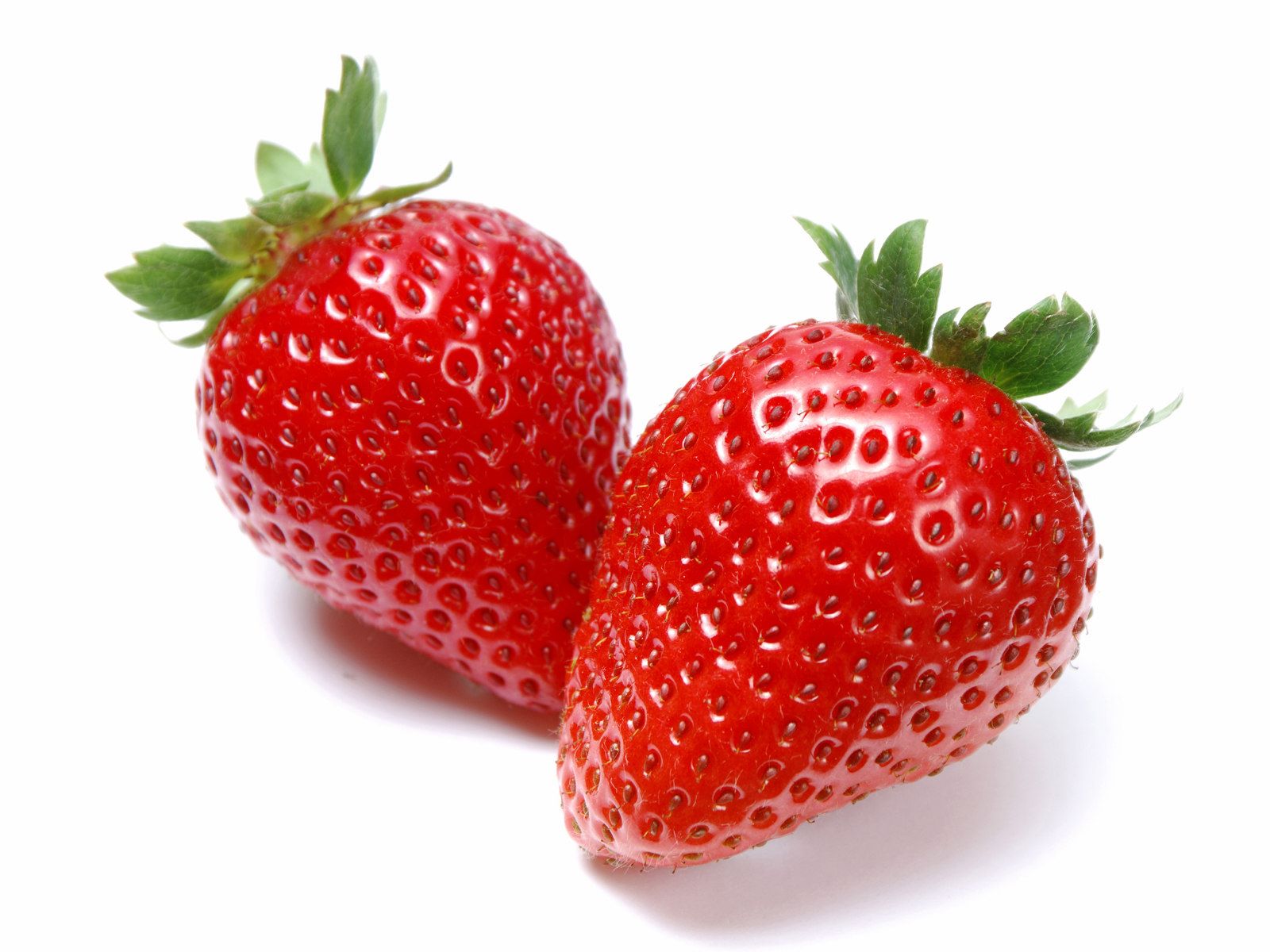
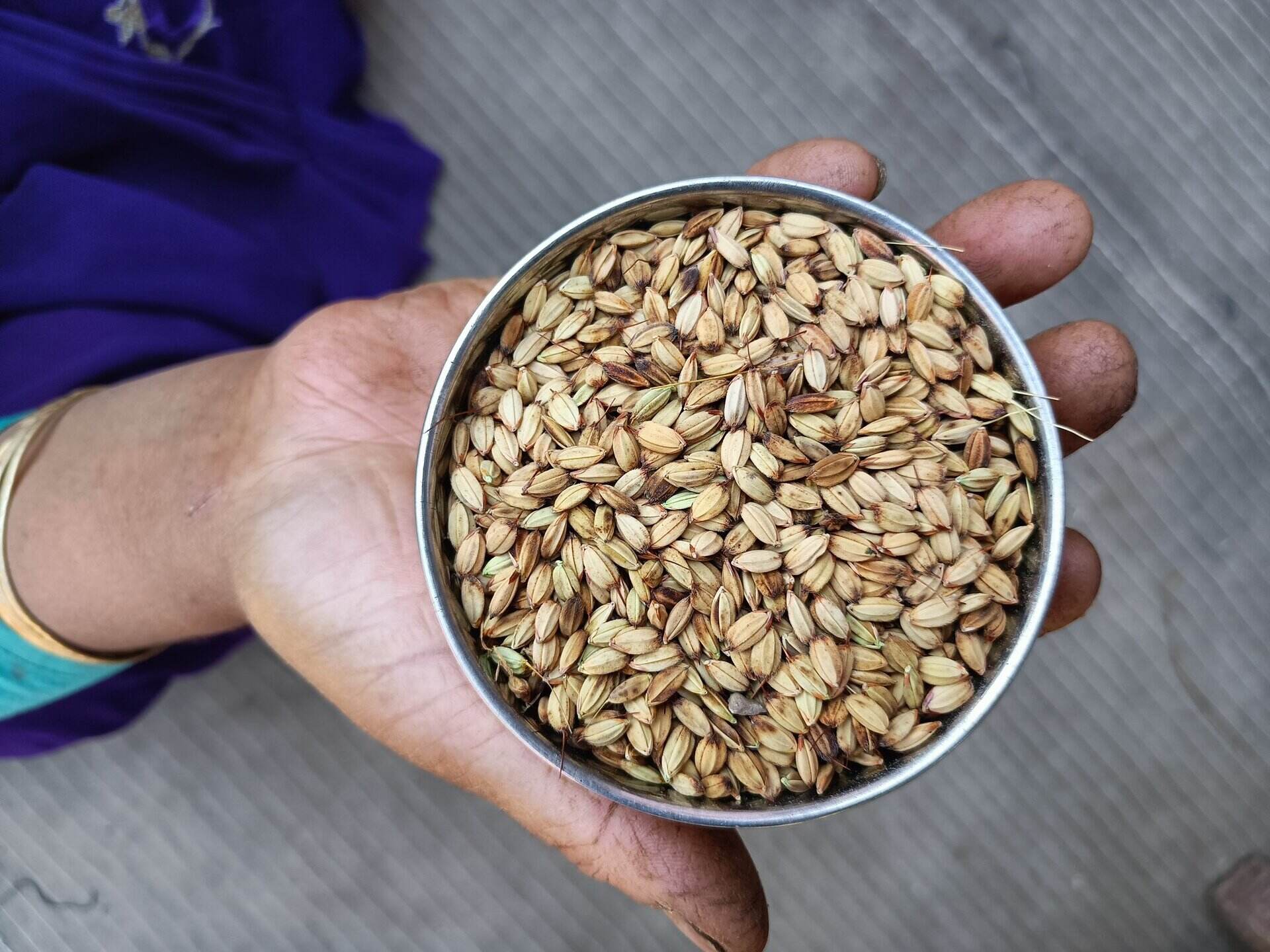
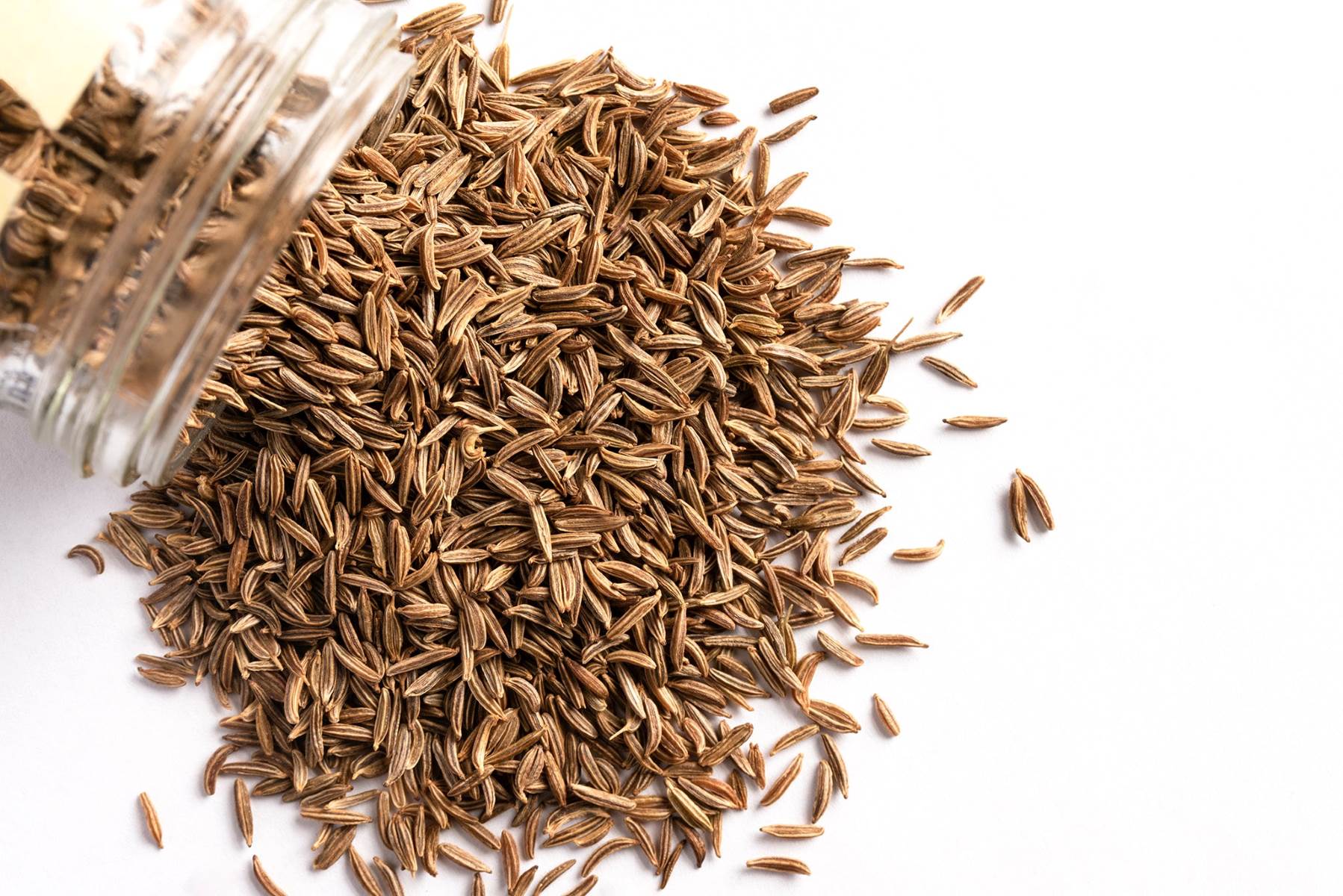
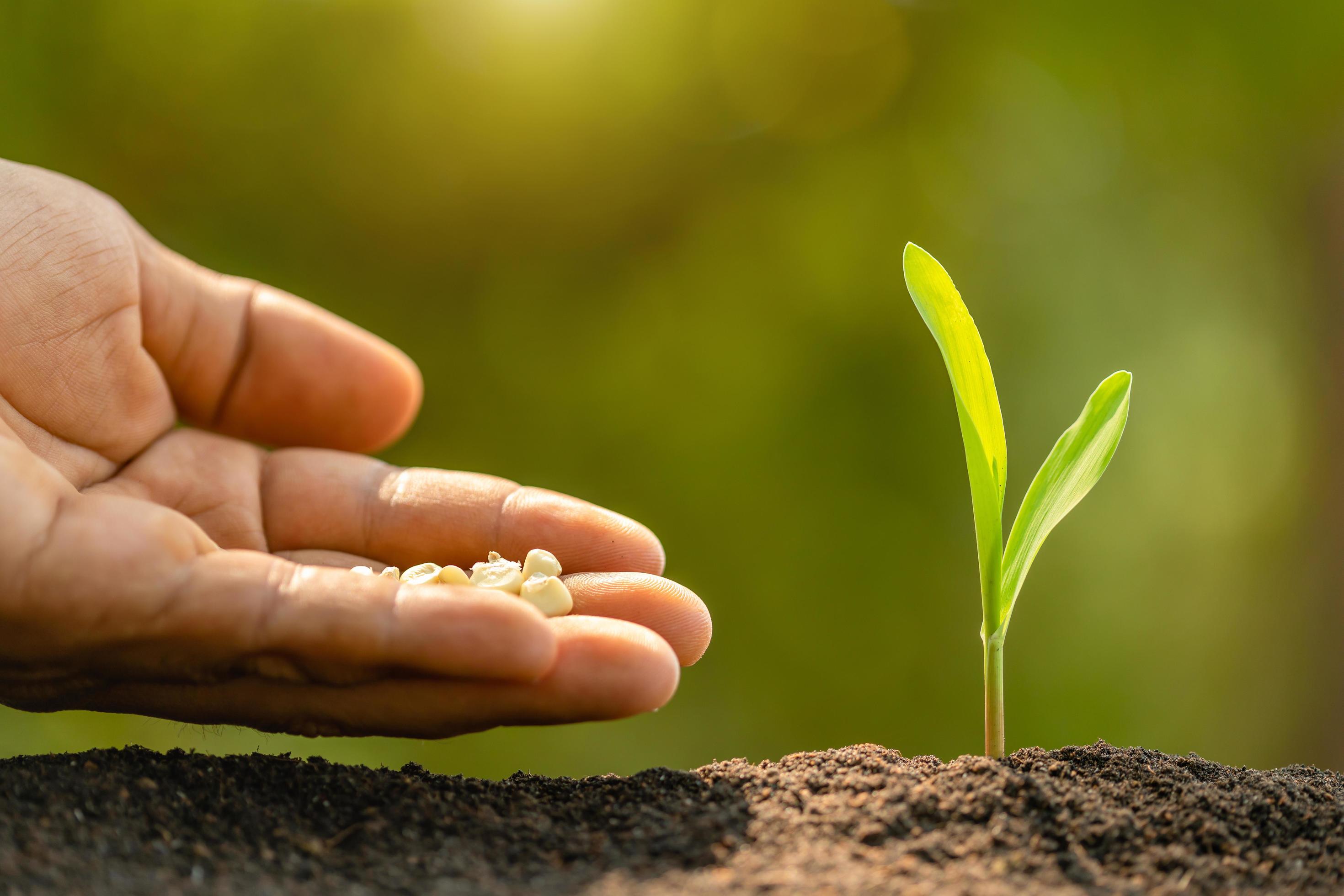
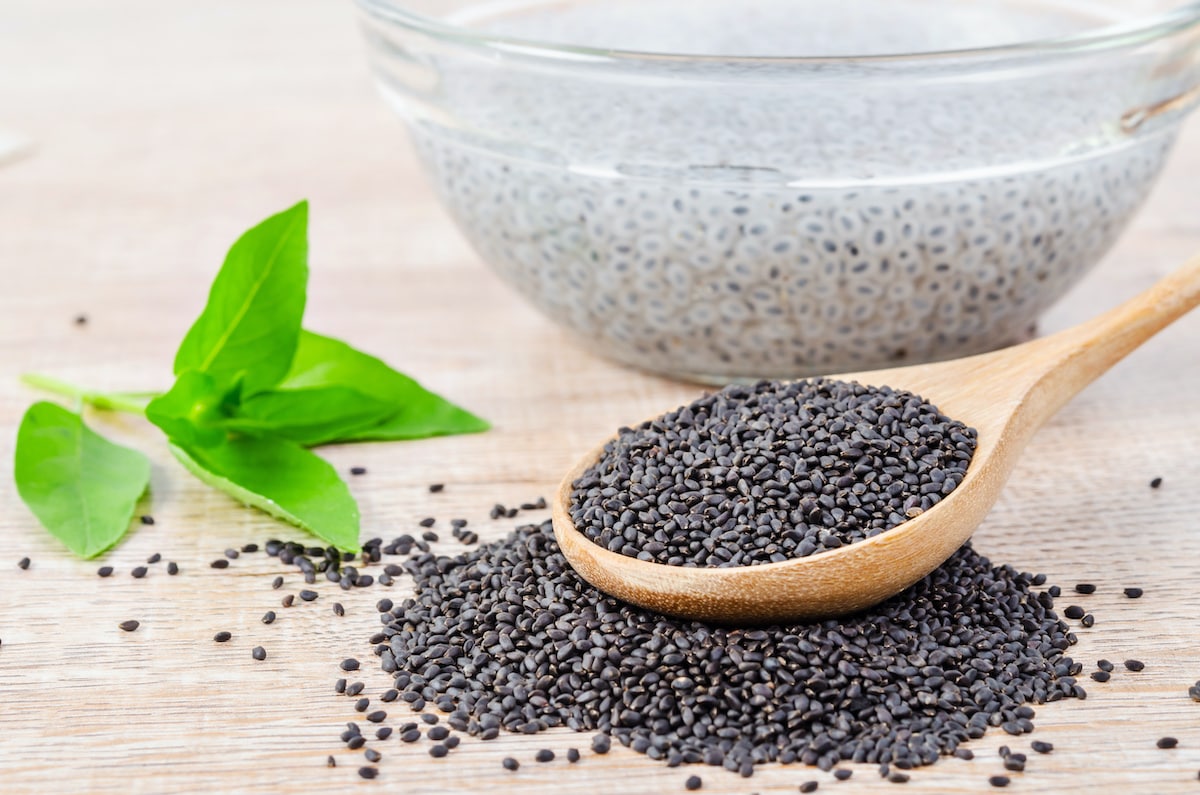

0 thoughts on “What Are Grass Seeds”